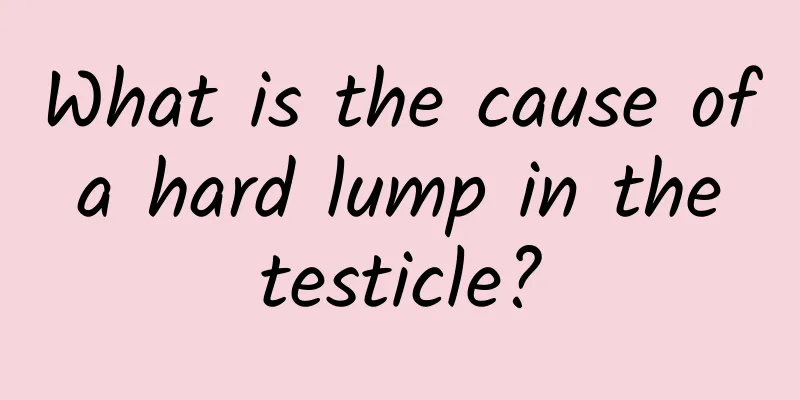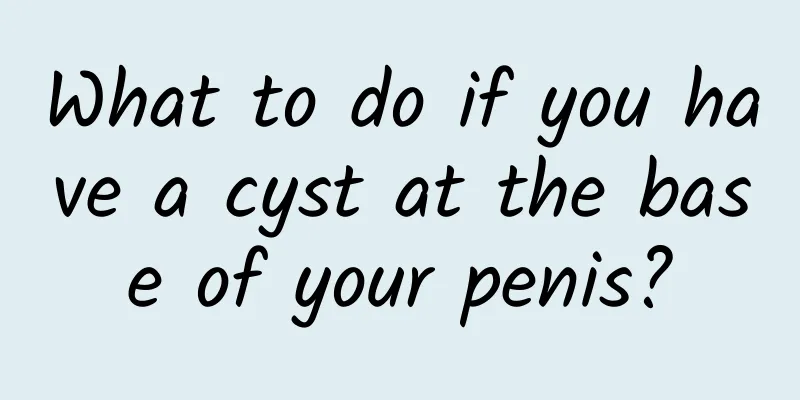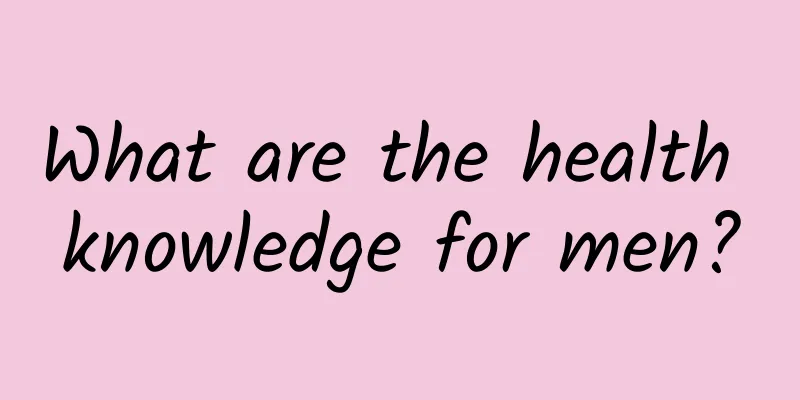What is the cause of a hard lump in the testicle?

|
If a hard lump grows in the testicle, you should be suspicious of testicular tumor. Even with the current medical level, the mortality rate of testicular tumor is about 10%, and young working people aged 15 to 35 are the high-risk group for testicular tumor. Testicular tumor can be treated with comprehensive treatment methods such as surgery, radiotherapy and chemotherapy. People who are in a high temperature environment or a radiation environment for a long time are more likely to suffer from testicular tumor. Seminomas are the most common testicular tumors (accounting for about 40-50% of all testicular tumor patients), followed by teratocarcinomas, accounting for about 20-50%; embryonal carcinomas, accounting for 16-20%; teratomas, accounting for 1-5%; and interstitial cell tumors, accounting for 1-5%. Although testicular malignancies are relatively rare, accounting for only 1.5% of male malignancies, this disease is highly valued because of its high mortality rate and serious impact on fertility and sexual function. The clinical manifestations of patients vary. Most patients with testicular tumors seek medical attention due to testicular lumps. Some patients have symptoms of testicular cancer metastasis, infertility, or are only discovered during physical examinations. About half of patients have symptoms of testicular pain. If a patient's testicles are found to be enlarged and lumpy, testicular cancer should be highly suspected. All patients with testicular cancer should undergo surgical treatment. The ten-year survival rate of patients with seminoma is 90% after orchiectomy and radiotherapy to the lymphatic drainage area. The survival rate of other types of testicular tumors is very low. It is now widely known that patients with a primary testicular malignancy may also develop a malignant tumor on the contralateral testis. The incidence of testicular tumors is extremely low, about 1 in 50,000. Among testicular malignancies, the incidence of contralateral testicular tumors is 1.2% to 5.8%. After the onset of testicular tumor, the patient's testicles become enlarged and hard. In the late stage of the disease, the tumor appears nodular and may adhere to the scrotal skin, or the tumor may rupture. The patient's scrotal skin appears dark red, and curved blood vessels can be seen on the surface. Testicular tumor patients will not have light transmission during exposure examination. Hidden testicular tumors often occur in the groin. |
<<: What causes cold testicle pain?
>>: What is the cause of cold testicles?
Recommend
What is the pathogen of air conditioning disease? Four major causes of air conditioning disease
Many families have air conditioners installed, wh...
5 Tips for Semen Not Completely Liquefying
Semen liquefaction failure can also lead to male ...
What to do if men have acne on their faces?
Everyone loves beauty. Loving beauty is not a pri...
The number is over 90%! Why do men like women to scream?
I believe that in sex, almost all men hope that t...
Several dietary supplements for male potency
I believe everyone must have heard of the term &q...
What can men gain from eating bullwhips?
In folklore, there is a saying that what you eat ...
Libra male personality traits
Libra (September 23-October 23), Libra's mind...
How long does it usually take to cure premature ejaculation?
Many men now have the problem of premature ejacul...
Where is the pain point of prostatitis?
When you first develop prostatitis, you should re...
Testicular pain diagnosis
Testicular pain is one of the common clinical sym...
What anti-inflammatory medicine should I take for red and swollen glans?
The glans penis is one of the most important part...
How to regulate men's endocrine disorders?
Now that gender equality is more common, endocrin...
What is the cause of bubbles in urine?
Urine is very important to the human body because...
If a man can't even pee, there might be something wrong with this place.
Kidney disease is a problem that many male friend...
Itchy testicles
Men's reproductive health is very important b...









